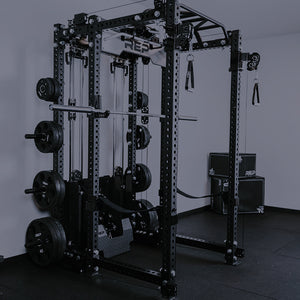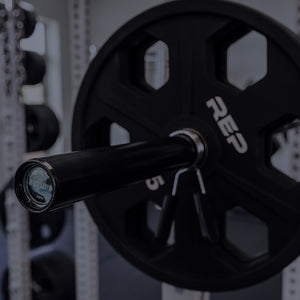
You’ve heard the gym bros say it: No days off.
But you’re not going to hear the experienced lifters say it. The importance of rest days is something many lifters learn hard firsthand via overuse injuries or burnout.
Exactly how many days a week you work out will depend on your goals and personal health, but whether it’s two or five days, a common denominator should be a few days throughout where you allow your body – and central nervous system – to relax and recover.
Rest days are just as important as exercise days. Think of it this way: You don’t actually grow stronger in the gym; that’s where you tear your muscles down. You grow stronger when you eat, sleep, and allow those muscles to repair.
Why Do We Need Rest Days?

The American Council on Exercise says rest days can help prevent overuse injuries and also benefit you mentally. Grinding though a workout requires both physical and mental effort. So, rest days can help reduce mental burnout, too.
The Journal of Sports Sciences also found rest days with “active recovery” (more on that below) actually clear out blood lactate that can build up after exercise. Blood lactate can make your muscles contract and feel fatigued.
How Long do I Need to Rest?
The optimal rest period for resistance training is two days, according to a study published in the International Journal of Exercise Science. The study compared the effects of resting for different periods of time (24, 36, 48, 72, and 96 hours). It concluded 48 hours had the best impact on performance. Less time resulted in a “significant decrease” in performance, and any more didn’t have additional benefits.
So, rest days can also improve your performance in the gym when you return.
What is a Rest Day?

If your quads are on fire, it’s tempting to not want to stand up from the recliner. It sounds nice to order a pizza and play Mario Cart for two days. But a true rest day doesn’t mean you throw all your goals out the window and fester for days in front of the TV with junk food. That’s called “passive recovery.” Or depending on how hard you go in the chips, that’s called a “terrible idea that's going to give you a belly ache.”
When trainers refer to a rest day, they’re talking about active rest and recovery. Leave the heavy weights alone, but still move your body. Take your dog for a long walk or hike, take a restorative yoga class, go on a scenic bike ride, or play pick-up basketball with your kids. Go swimming.
Active recovery can also be massage, either self-massage or from a massage therapist. Try stimulating blood flow with a massage gun or relieve muscle tension with a massage roller or cork massage balls. Also, take time to work on your mobility – not long, sustained stretches, but gentle movement. A yoga mat, foam roller, and stretch strap can work wonders.

That’s not to say there won't be a little extra time during your rest days to de-stress and watch Stranger Things for the 29th time. But maybe munch on some healthy protein and carbs to help repair your muscles and go for a relaxing walk between episodes to clear out that lactic acid – and your mind.

NEWSLETTER SIGNUP
Product launch information, promotions, blogs, and REP news.







